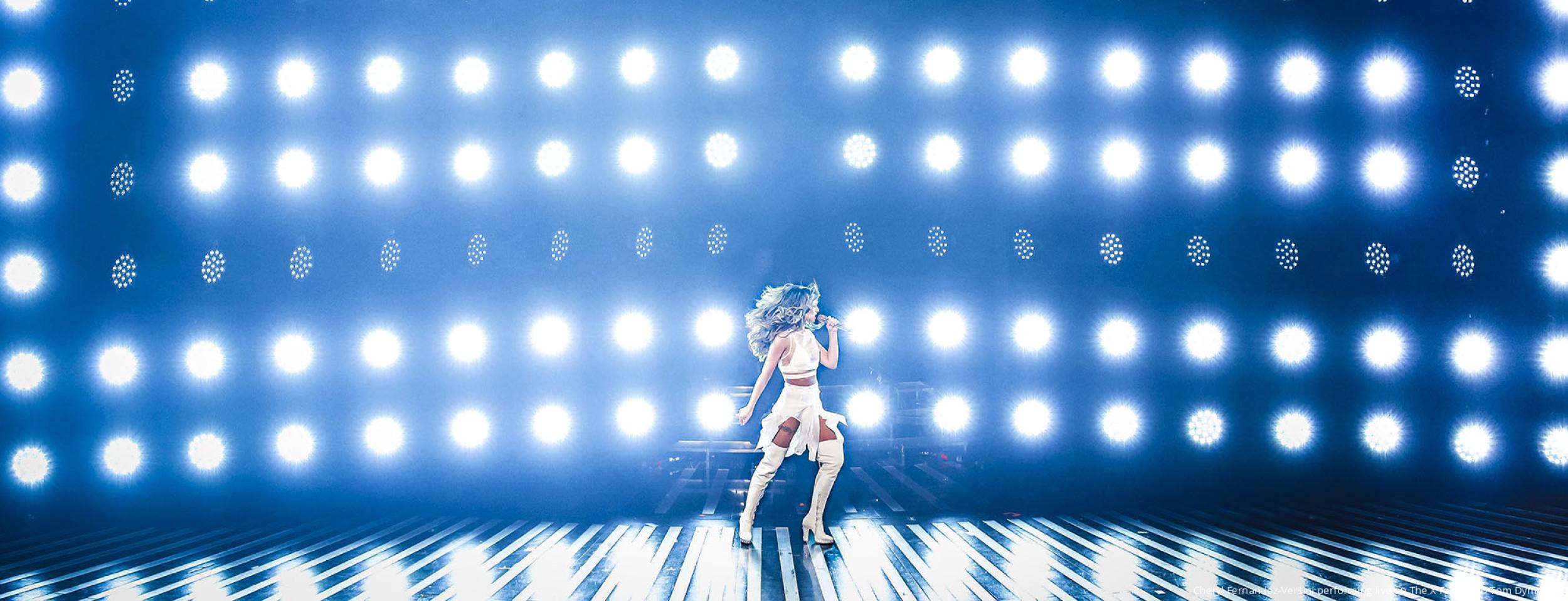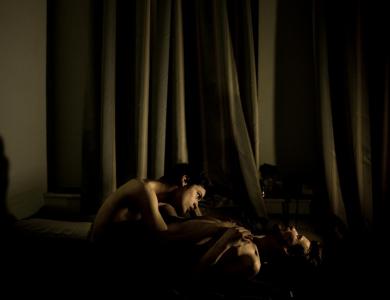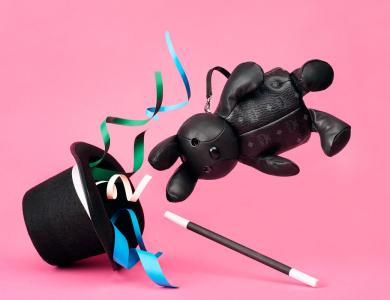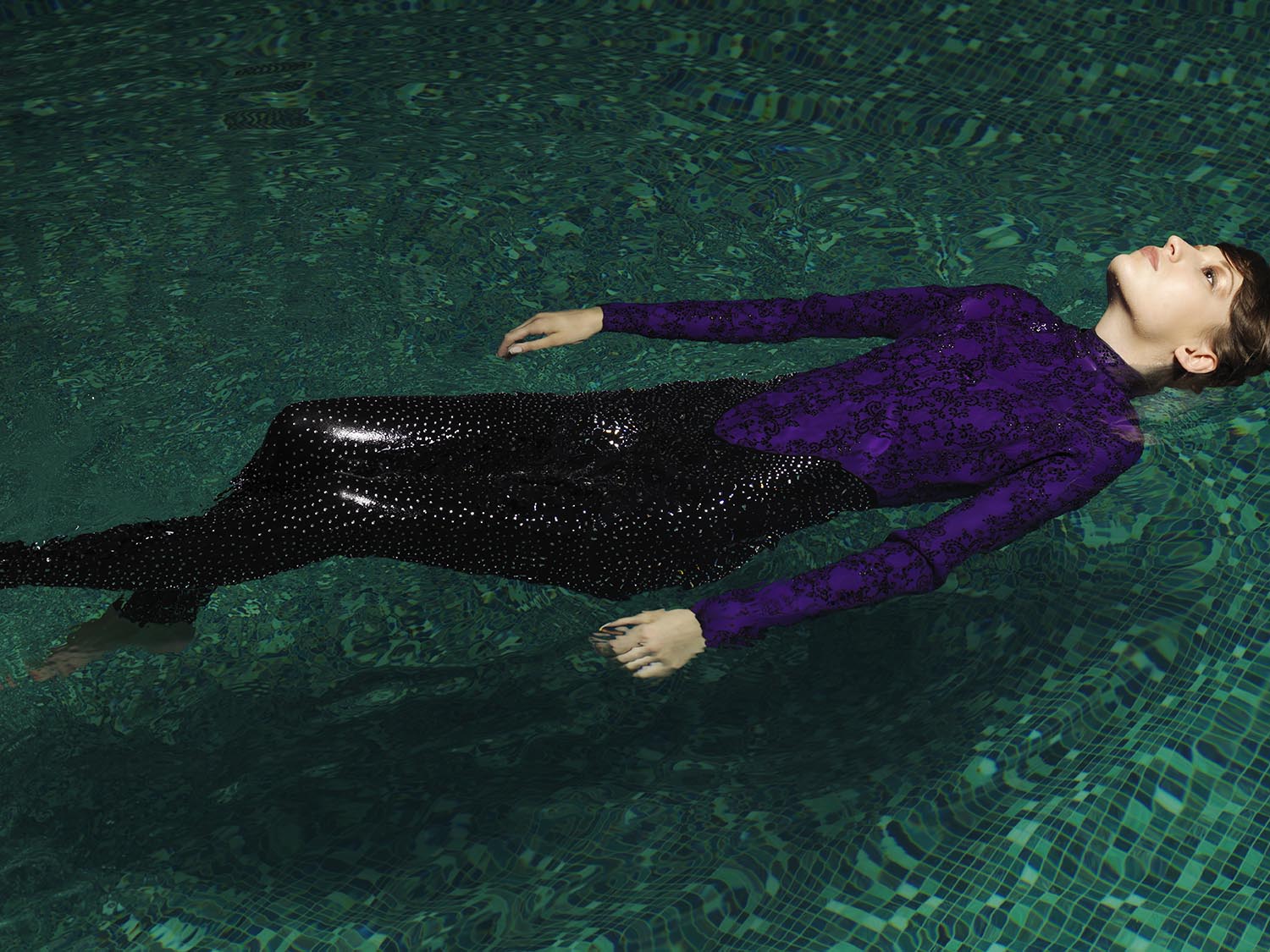 Fashion feature for designer wetsuits - © Tom Dymond
Fashion feature for designer wetsuits - © Tom Dymond

He's just 26 years of age, but Tom Dymond has already established himself as one of the top commercial photographers working in London today. He is a member of PhotoShelter, the leader in portfolio websites, photo sales, marketing and archiving tools for photographers.
The official photographer for X Factor and Britain’s Got Talent, as well as boasting regular clients such as The Guardian, Sony, Nike and Comic Relief, among others, his work ranges from underground shoots with The Babadook and afternoons with supermodels, to high-end fashion and editorial features.
A graduate from Falmouth University's BA Press & Editorial Photography course, here he tells us about the day to day working on X Factor and Britain's Got Talent, and why success in the photography world is not always about the pictures you take.
To what do you attribute such success so early on in your career?
I’m very lucky to work for some amazing clients on some amazing shoots, in some amazing places with some lovely people! I’d like to think my photography has something to do with it, but sometimes that’s the smallest part of the job; being nice to people, having a good business head and surrounding yourself with like minded people is a huge part of it. Gered Mankowitz, Tom Oldham, Nic Serpell-Rand and REX Features have all played major roles in my career so far, and have taught me lot.
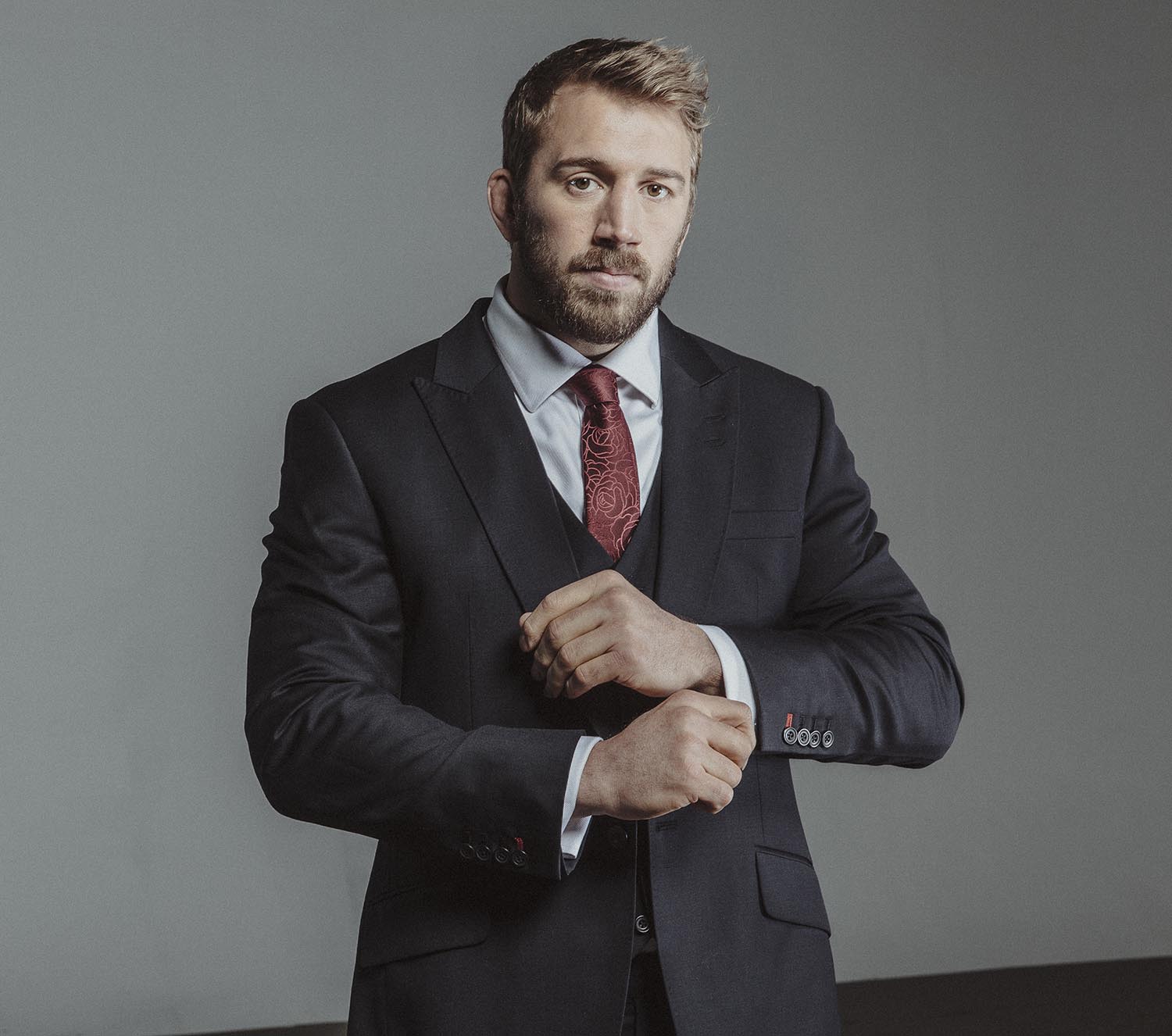
Tell us about your time shooting X Factor and Britain’s Got Talent; What is a typical day like on set?
I really enjoy working on these shows, the whole crew of about 200+ people are all great. I’ll get on set for around 10am, I work closely with the publicity team who let me know what is going on and brief me on anything extra we might need to cover that day, then usually we have a red carpet where the images will have to go out live on the wire to the newspapers, mags and online publications. Then I’ll cover whats going on in the judge's green room, or pop to the contestant holding rooms to make sure I have some shots before they go on stage. I also shoot with remote cameras, so I have to make sure these are rigged correctly and are ready to go before auditions start.
Once the filming has started I try and capture anything and everything that happens on stage, making sure I get photos of every contestant, whilst keeping an eye on the judges to make sure I don't miss any key interactions between them, plus making sure I am not in the way of any of the TV Cameras. With most sessions we will finish by midnight but sometimes it will run over to the early hours. Then once back at the hotel I’ll still have a few hours work to get done with downloading, backing up all the shots, recharging and checking cameras before the next day.
When it comes to the lives shows, it's quite similar but I work with an editor, sales manager and runner who will get my memory cards for me during the show, edit and send my photos out live to make sure the newspapers, magazines and online media get the images as it’s happening.
You are a graduate from the Press & Editorial Photography BA course at Falmouth University. What was it like studying editorial photography on the Cornish coast?
Falmouth was a great place for me to come to university. I come from a tiny little village in middle of nowhere and Falmouth was the perfect middle ground before London. Whilst in Falmouth I worked with the local newspaper on lots of funny little stories - once I had to do a shoot of a coin toss on a boat, then once a pony that had its whole stable stolen - both made the local front page news - and countless grip and grin cheque presentations. Being able to cut my teeth and gain confidence on these shoots really helped. Looking back on it I remember always being nervous before a shoot back then, it felt like I was shooting for the biggest paper in the world, not the Falmouth Packet. I know I wouldn’t of got this opportunity anywhere else in the country.
If you could go back in time and give yourself one piece of advice on graduation day, what would it be?
That a portfolio is great to have but what PR agencies, magazines and newspapers really want to see is real world experience and results.
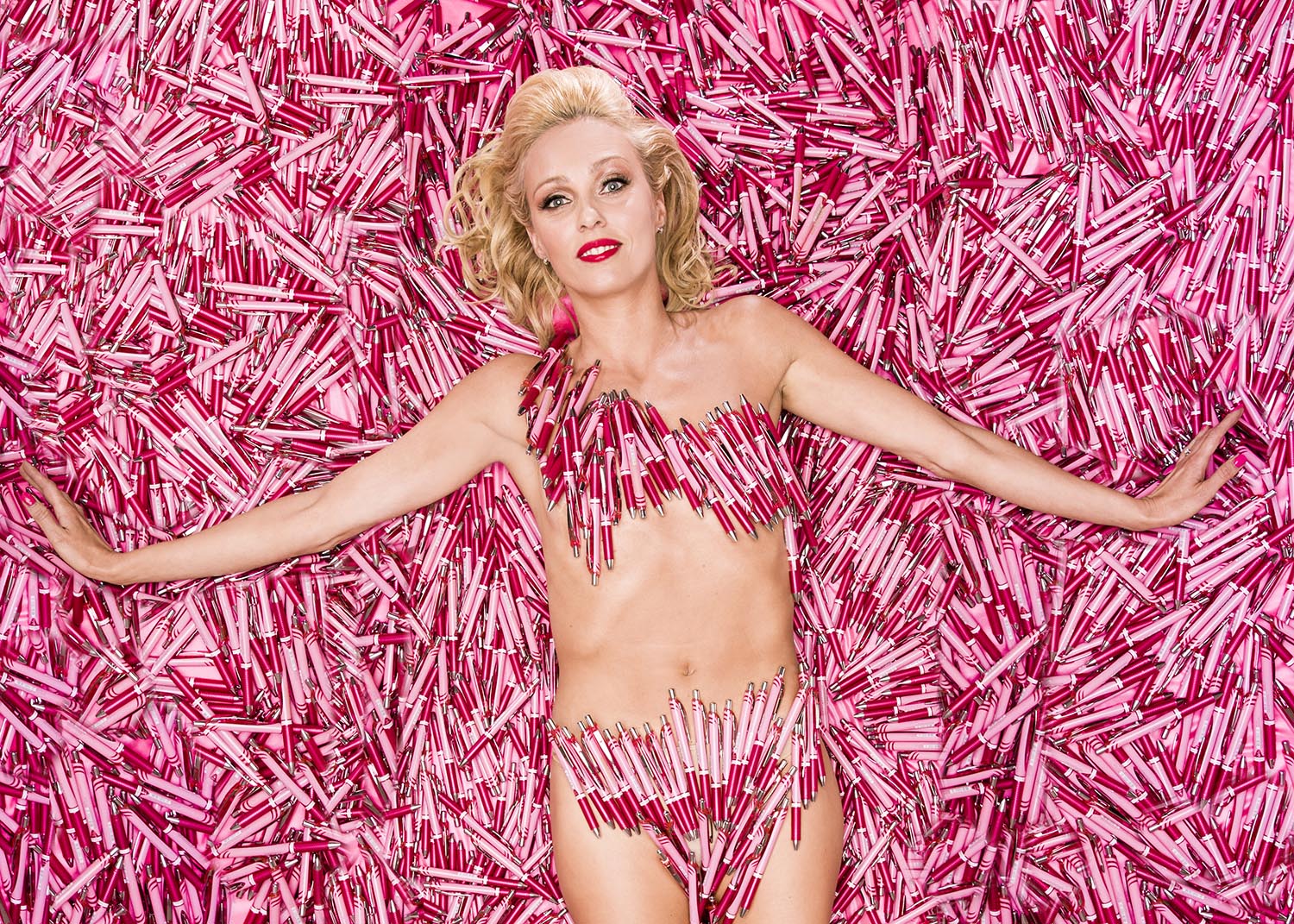
Do you have a photographic philosophy?
I’m not sure it’s a philosophy, but the way I like to work is very much reactive. Seeing what is in front of me and working it to get the best shot I can. This mainly stems from working on film and TV sets, where you have to go with the flow and make pictures when you can. But being able to know when and where to put a light up, or when to run ahead or just knowing what limits you can push your gear to, is when I feel I can make my best work.
Tell us about your weirdest/most unusual shoot
My agent James has a habit of booking me for the most weird and wonderful shoots. Perhaps it was the shoot of a household guard in full ceremonial dress on a push bike. Or maybe it was 200 schools kids, 2 real penguins and 4 penguins from Madagascar in costume, walking across a zebra crossing. Then there was the time I had to make a photo of a man and 2000 milk bottles, or the morning I spent with ‘The Babadook’ on the London underground. But probably the weirdest and one my favourite was when a PR person I was working with managed to lose Darth Vader and 10 storm troopers on a shoot at Trafalgar square. He found them 45mins later waiting in a back street - they had been mobbed by tourists wanting photos. They were not a lot allowed to break charter and remove their costumes, so they just walked off and were waiting to be rescued.
What’s next for you?
X Factor will be my main focus from now until the end of the year, but in between I have a few festivals this summer and a few portrait projects I have in mind.
tomdymond.co.uk
photoshelter.com

